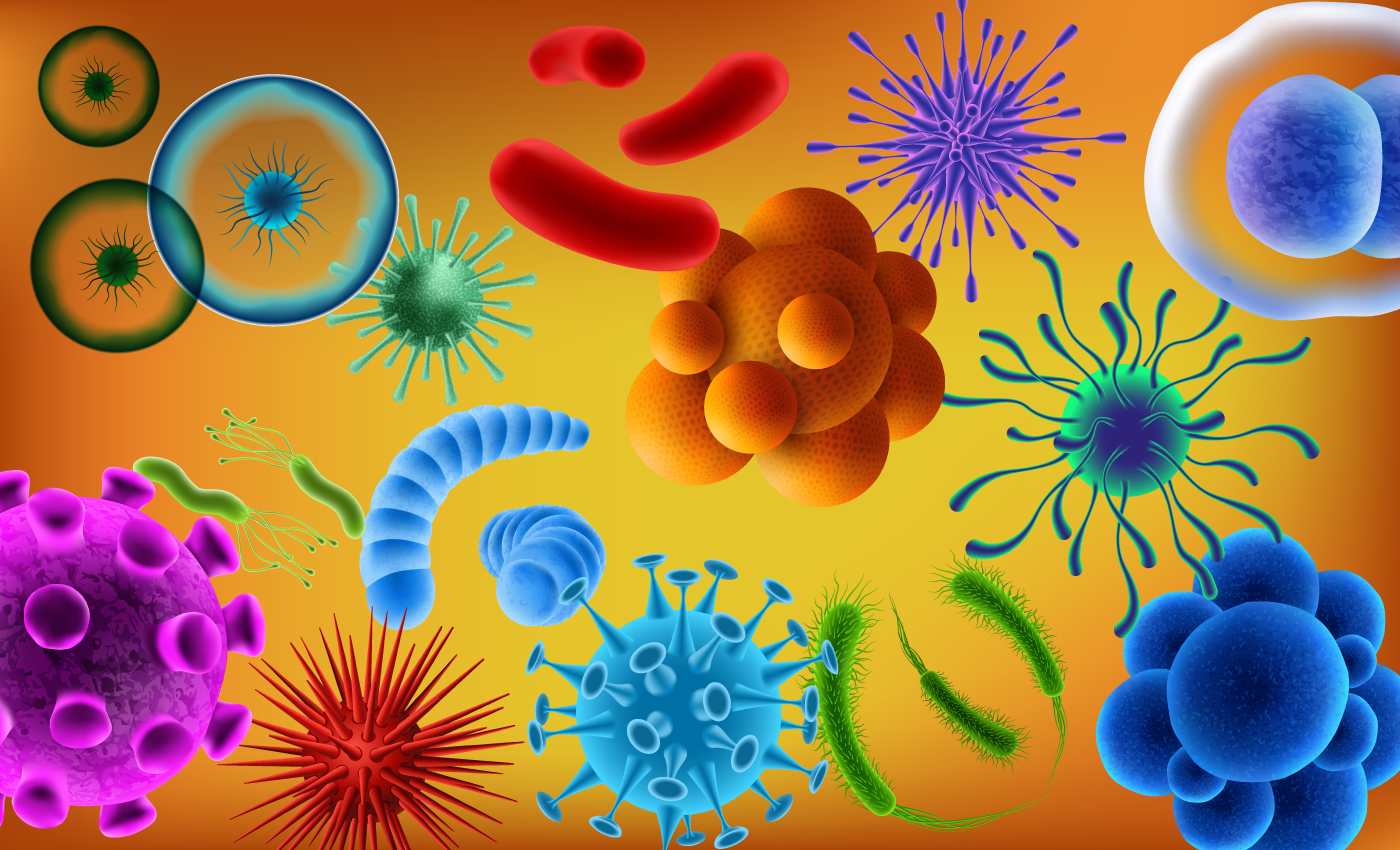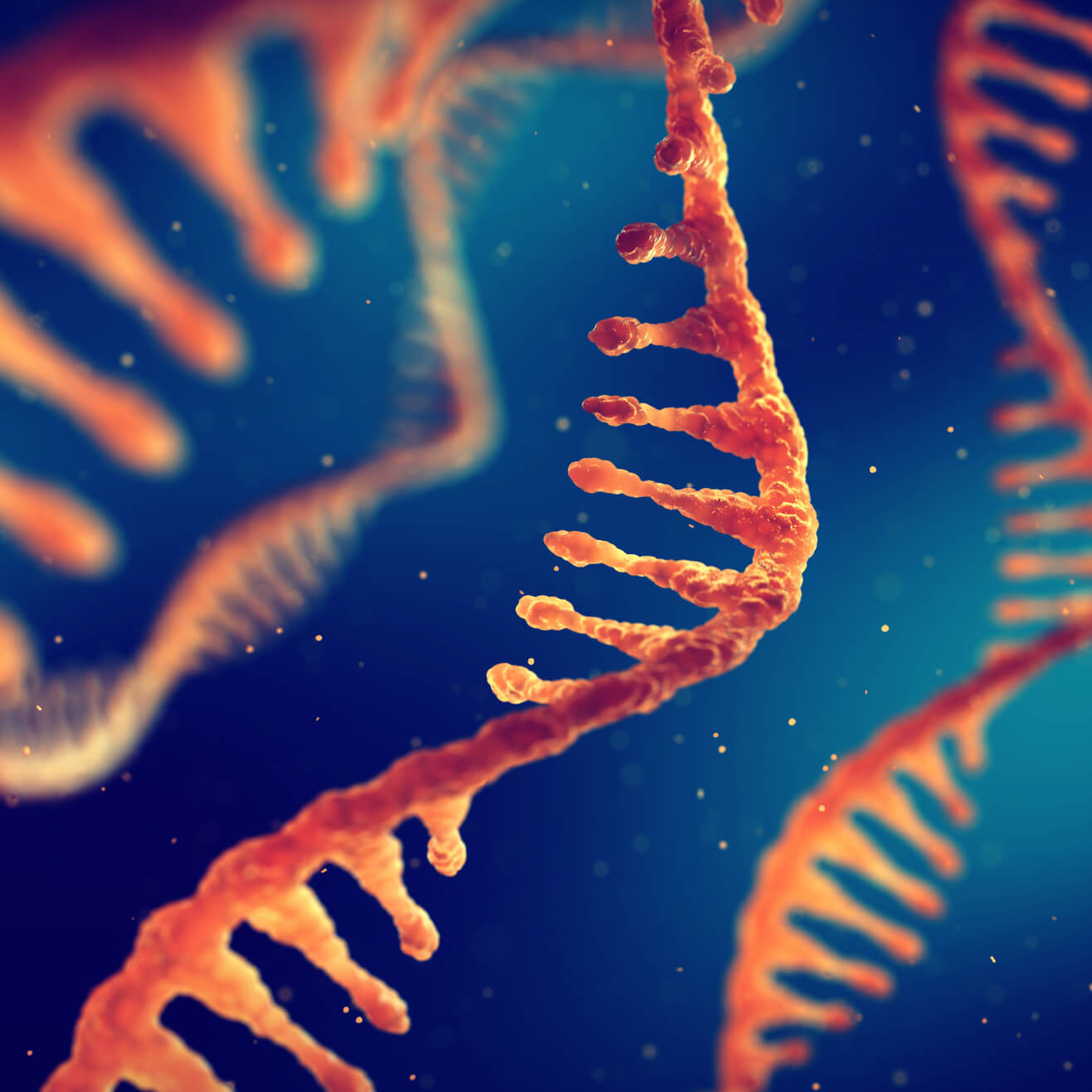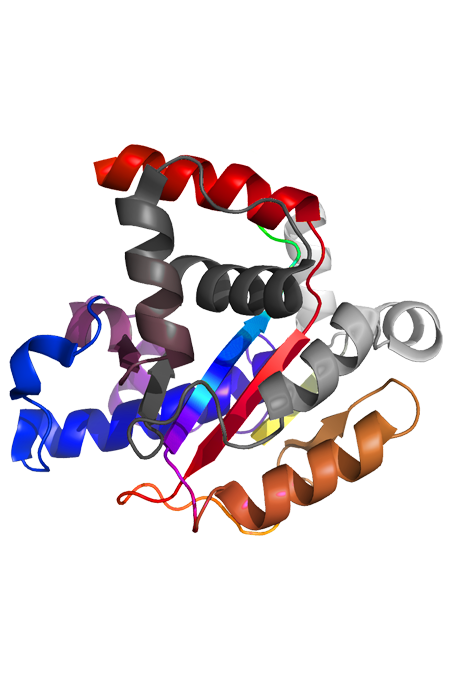This website uses cookies to ensure you get the best experience on our website.
- Table of Contents
Explore the microbiome with Boster Bio’s sequencing and analysis services. High-throughput sequencing techniques are pushing microbiome analysis to an exciting new age of fascinating discoveries. Let Boster Bio’s expert team help you embrace the golden times of microbiome research with quality, reproducible data.
Boster Bio offers a complete Microbiome Analysis Service to turn your samples into data
Boster Bio’s microbiome experts have developed optimized workflows for accurate microbiome
quantification from sample collection to bioinformatics analysis. Complete with a wide
range of microbiome reference standards including the world’s first commercial mock microbial
community, we can offer the highest quality data for your microbiome project.
Our experts are uniquely able to address one of the biggest problems in Microbiome research
- Data variation. Data variation can be found in sample collection and storage, sample
preparation and sequencing bias, and standardized controls. We offer a concierge-like
consultation service and guidance at every step of the workflow.
Services Include:
Gut microbiota is the most diverse microsystem in symbiosis with the body, made up of billions of bacteria, fungi and viruses. Microbiome research using traditional growing and isolation of cultures does not support the growth of many gut bacterial species. So the emergence of Next Generation Sequencing techniques has led to a rapid growth in microbiome research, exploring the entire microbial community composition, function, and interactions.
Microbiome research is rapidly emerging as crucial for interactions between food and the body. The Microbiome is increasingly recognized in immunological and neurological health and is associated with a number of diseases including cancer, cardio-metabolic diseases, allergies, and obesity.
As easy as 1, 2, 3.

16S sequencing via PCR targets and amplifies portions of the hypervariable regions (V1-V9) of the 16S rRNA gene found in bacteria and archaea. These amplicons from separate samples are then given molecular barcodes, pooled, and sequenced together. After sequencing the data is analyzed and compared to a 16S reference database to assign reads to a phylogenetic rank so a taxonomy profile can be generated.
ITS sequencing works in a similar way for fungi by targeting the Internal Transcribed Spacer (ITS) region found in fungal genomes.
Boster Bio’s 16S sequencing service offers Absolute Abundance Quantification instead of a relative abundance measure, to fully understand how cell numbers are changing under treatment or therapeutic conditions, opening new insights into the microbial community dynamics of your project.
We can also provide 18S sequencing for eukaryotes, but cannot provide absolute abundance for this service.
| Species | Boster Bio Pipeline | Other Service Providers |
| Listeria monocytogenes | ||
|---|---|---|
| Staphylococcus aureus | ||
| Enterococcus foecalis | ||
| Lactobacillus fermentum | ||
| Escherichia coli | ||
| Salmonella enterica | ||
| Pseudomonas aeruginosa | ||
| Bacillus subtills | ||
| Species-level Resolution |
Shotgun metagenomic sequencing sequences all genomic DNA from a sample, unlike 16S/ITS sequencing which only targets specific 16S or ITS rRNA genes. In a similar workflow to 16S sequencing, sample DNA is fragmented and ligated to adaptors for sequencing, then trimmed and compared to a reference database comprising whole genomes or selected marker genes for a taxonomy profile.
While 16S/ITS sequencing is great for taxonomy purposes, Shotgun metagenomic sequencing covers all genetic information in a sample so the data can be used for additional analysis such as metagenomic assembly, metabolic function profiling or pathway analysis, and antibiotic resistance gene profiling. The table below can assist with your decision.
| 16S/ITS Sequencing | Shotgun Sequencing | Shallow Shotgun Sequencing | |
| Bacteria/Fungi Coverage | High | Limited | Limited |
|---|---|---|---|
| Cross-Domain Coverage | No | Yes | Yes |
| False Positives | Low Risk | High Risk | High Risk |
| Taxonomy Resolution | Genus-Species | Species-Strains | Species-Strains |
| Host DNA Interference | No | Yes | Yes |
| Minimum DNA Input | 10 copies of 16S | 1 ng | 1 ng |
| Functional Profiling | No | Yes | Yes |
| Recommended Sample Type | All | Human Microbiome | Human Feces |
| Cost per Sample | -$80 | -$200 | -$120 |
Shotgun metagenomic sequencing has greater taxonomy resolution, functional profiling, and cross-domain coverage. 16S/ITS sequencing is advantageous for price and sample origin compatibility. Our Project Concierge will work with you to choose the right sequencing method for your Microbiome project.
Investigate microbiome gene expression with Boster Bio’s metatanscriptomic sequencing service. Metatranscriptomics is the study of gene expression within natural environments including the microbiome. Reveal the extent of microbial diversity via gene activity diversity, gene expression abundance and differential gene expression analysis. Monitor gene expression changes under different conditions for potential biomarkers and expression signatures.
Advantages:
The Metatrascriptomic Sequencing workflow includes mRNA sample preparation, library preparation, high-throughput sequencing and bioinformatics analysis. Our Project Concierge will work with you to determine the appropriate sequencing strategies based on your sample type and research project expected outcomes.
The service is similar to Shotgun, but looking at the active genes to identify the bacteria in fecal samples only
It is our project concierges' mission to make your project experience as smooth and memorable as possible. They are subject matter experts who are easily accessible around the clock, always happy to help you solve problems, make recommendations and sort through options.
Mouse over one of the cards below to see more information

Boster Bio offers a full range of quality NGS services extending from nucleic acid extraction to bioinformatic analysis.

Boster Bio utilizes the latest tech and decades of experience to deliver high-quality gene expression profiling solutions.

From sample preparation to analysis, our epigenetics experts have successfully helped customers save time, money and data.
End-to-end
and custom service
Optimised sample
processing workflows
Cutting-edge
bioinformatics
Competitive
pricing
Project concierge
to help at every step of the way